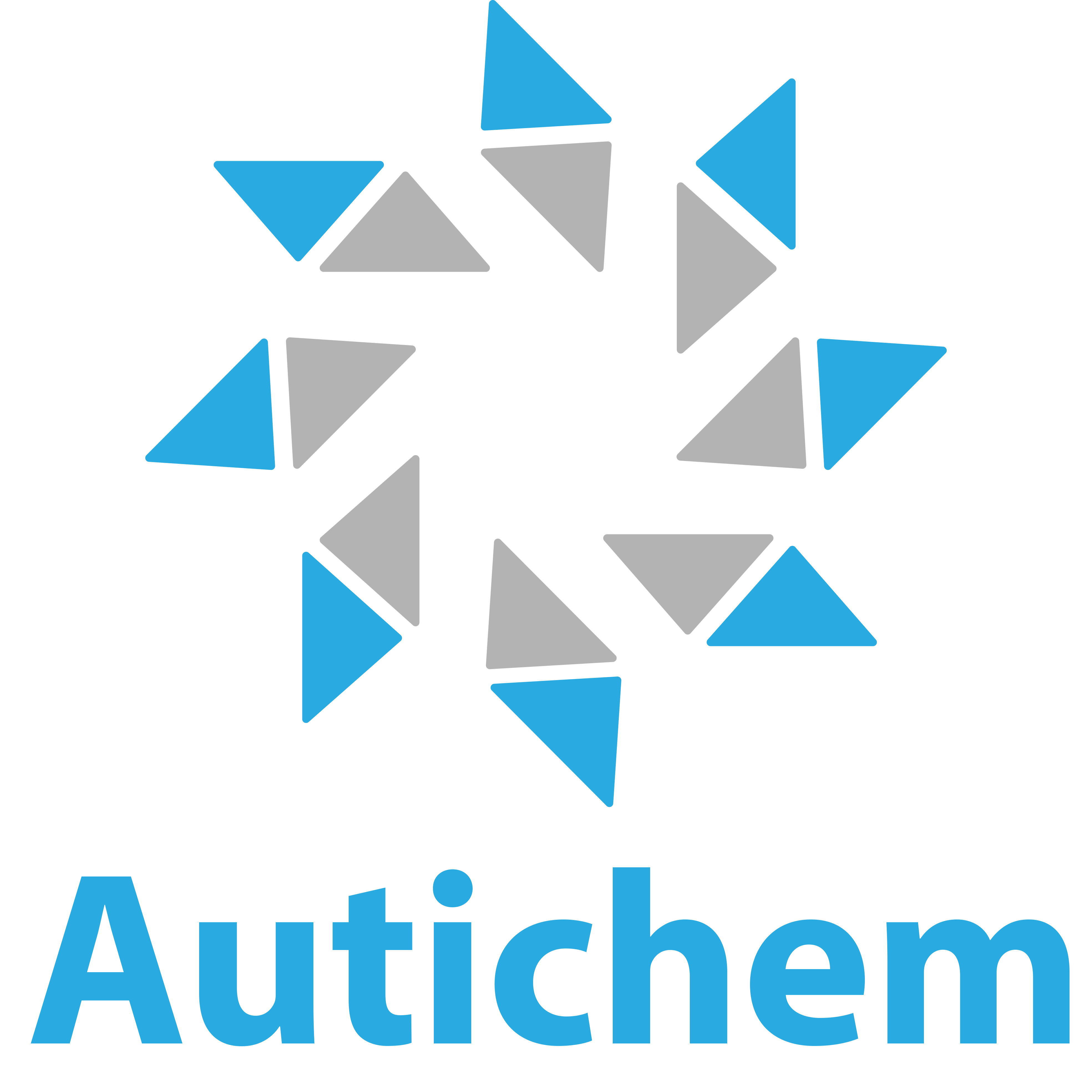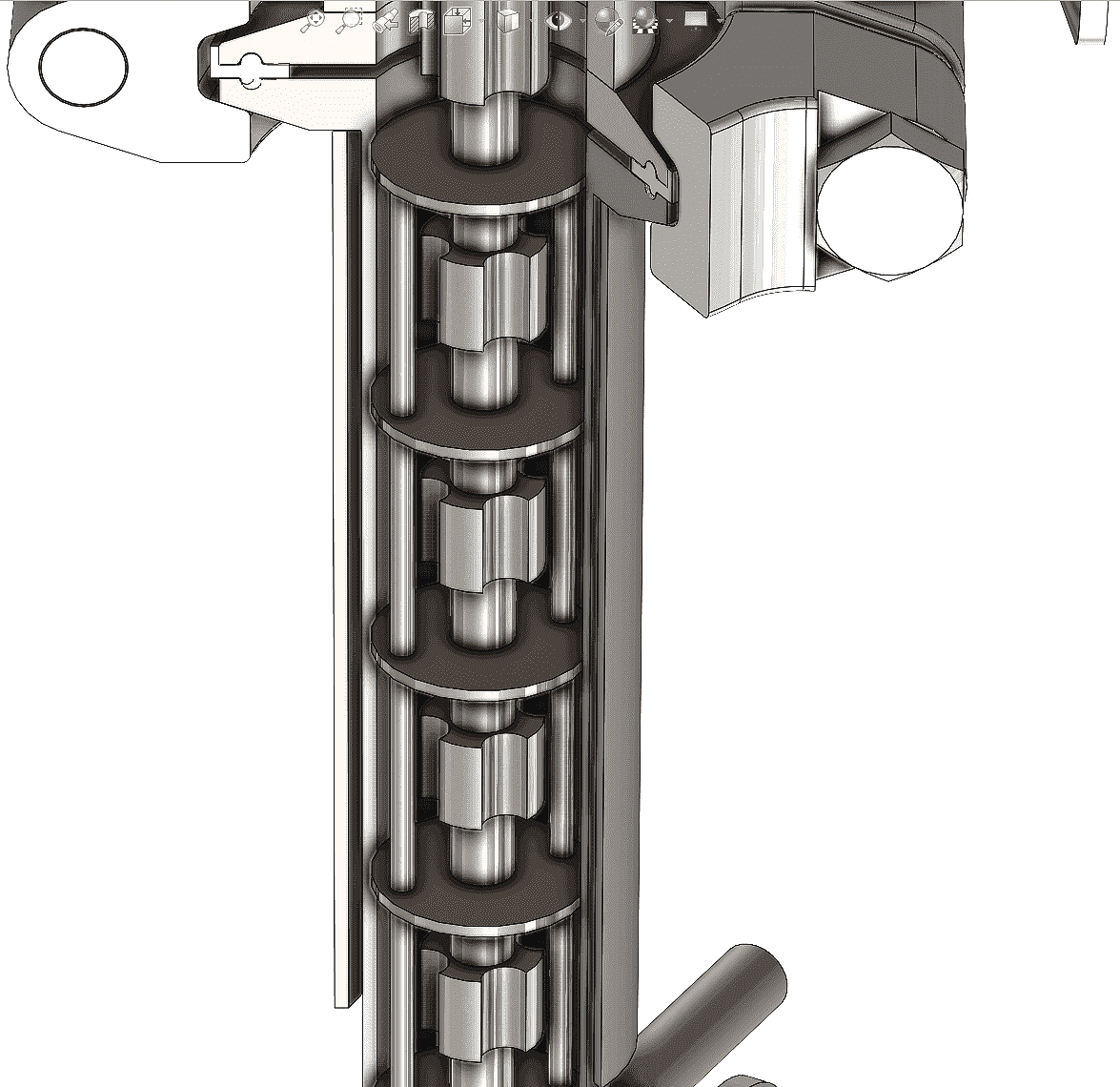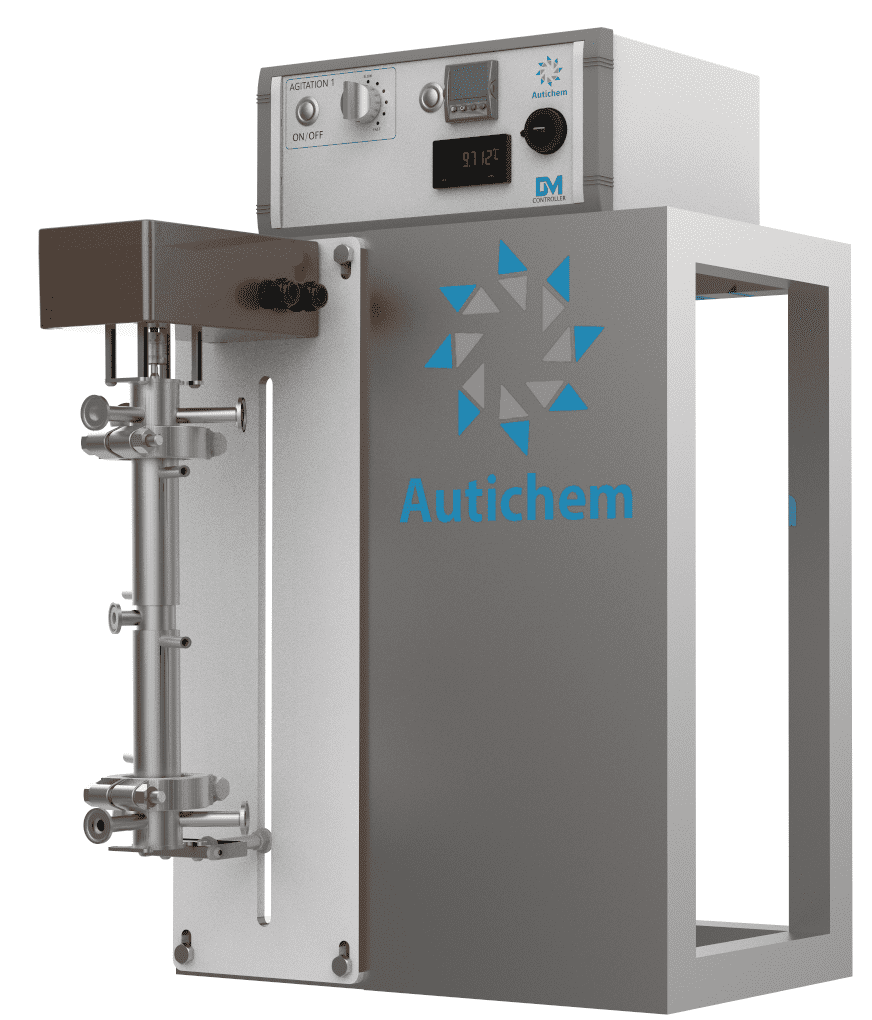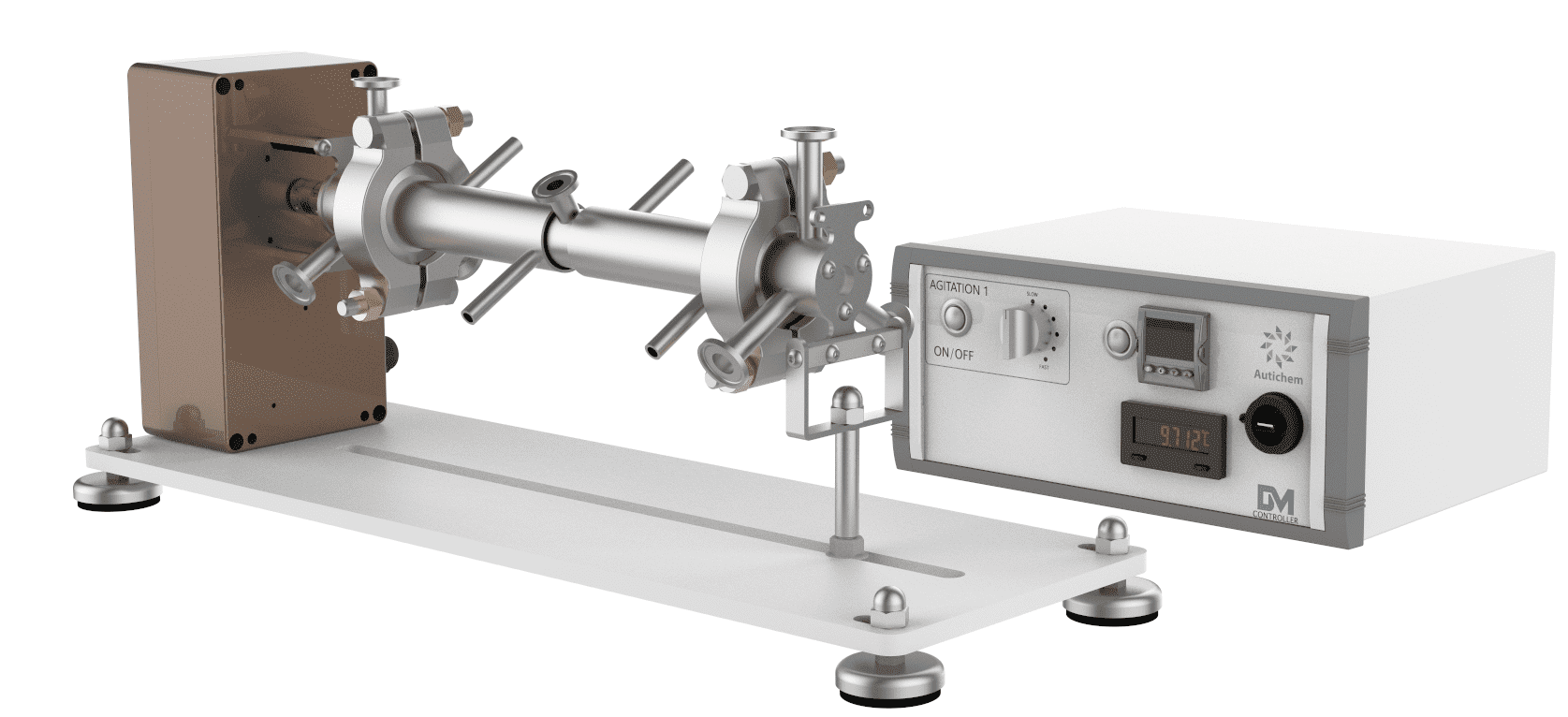Flow Technology | DART-DM Reactors
The DART-DM® flow reactors are available in many different forms, with sizes ranging from 1ml to 100L. Designed to be adaptable and versatile, DART solutions can be manufactured using a wide range of chemically resistant robust and reliable engineering materials. Several of the DART designs have also been translated into photochemical reactors.
Dynamic Mixing is the underpinning fundamental principle of all our DART technologies. Whereas most other flow reactor technologies rely on high throughput or complex flow geometries to generate turbulence, DART utilizes the well-established benefits of mechanical mixing. By decoupling mixing from throughput and eliminating the need for complex flow geometries, DART can uniquely handle a much broader range of process conditions. Processes involving heavy concentrations of suspended solids or slurries have proven particularly challenging for many of todays flow reactor designs. The unique mixing methodologies and agitator designs deployed in DART have demonstrated time and time again that these particular types of processes can be successfully converted from batch to continuous processes.
DART-DM® Dynamically Mixed Flow Reactors
- DART is not a fixed geometry product-focused technology per se, but rather it provides a basis of design from which process solutions can be developed.
- DART reactors designs are scalable, with operating volumes from 1ml to 100L.
- Different DART forms are used to offer a wider range of materials and operating ranges.
- Different mixing methodologies, including CSTR, Taylor Vortex and Autichem’s patented 2D mixing, allow material with multiple phases, high concentrations of solids and viscosity to be effectively handled.
- DART reactors have a very large turndown and can maintain some mixing even at low agitator speeds. Consequently, delicate process materials such as algae, cells, and crystal structures, can be handled as well as viscous materials and immiscible fluids.
- DART can be produced using chemical resistant plastics, in borosilicate glass and in a range of exotic alloys.
- Energy efficiency – The motor must only move the mass of the agitator through the process fluid.
- Difficult applications – For applications where the reaction environment is critical, the versatility of DART allows us to build special designs to help overcome specific challenges.
Mixing Methodologies
DART-DM with CSTR mixing
The DART-DM CSTR is build to behave like continuous stirred tank reactor. The simplicity of design makes the CSTR a popular choice, but it is important to understand the nuances of the system design to determine if it will deliver reliable and repeatable performance.
DART-DM with Taylor Vortex mixing
A Taylor-vortex
reactor consists of a cylindrical rotor housed inside a cylindrical vessel,
wherein the fluid in the annulus can experience different fluid dynamic
conditions depending on the rotational speed of the rotor. Above a critical rotor speed the hydrodynamic
instability of the centrifugal fluid flow generates toroidal vortices around
the rotor. These can enlarge the specific contact surface between reacting
phases and form a series of CSTRs that can narrow the residence time
distribution.
DART-DM with patented 2D mixing technology
Autichem’s patented 2D hybrid mixing method takes the best principles from plug flow, Taylor mixing and the continuous stirred tank reactor (CSTR) model and combines them into a single reactor design. This hybrid method successfully decouples mixing from residence time whilst maintaining plug flow like conditions. 2D mixing provides controlled reaction constants, (reaction rate, temperature, pressure) and mixing zones, and enables higher conversion to be achieved in a shorter residence time.



